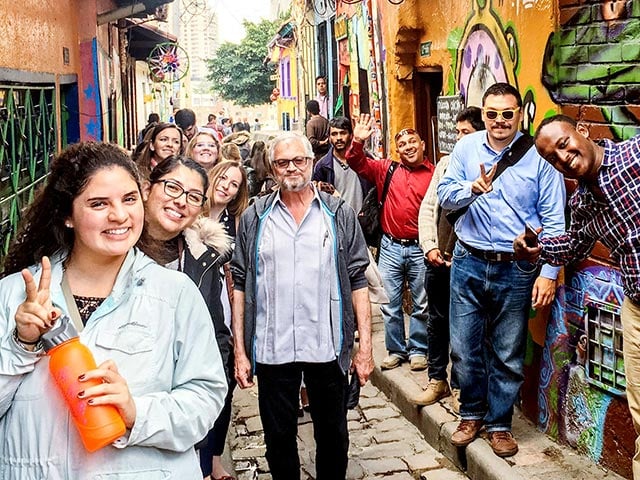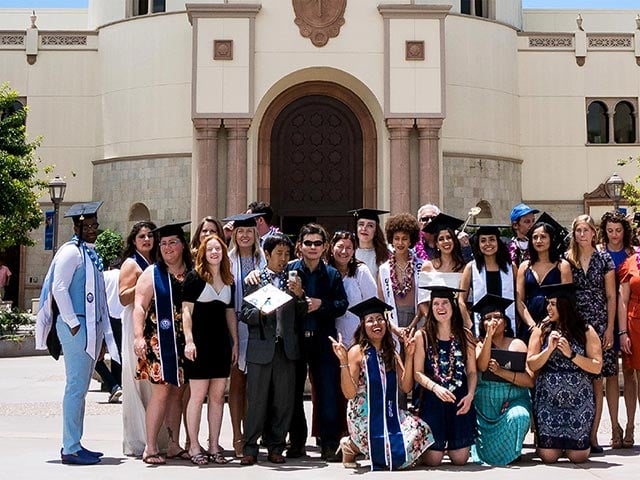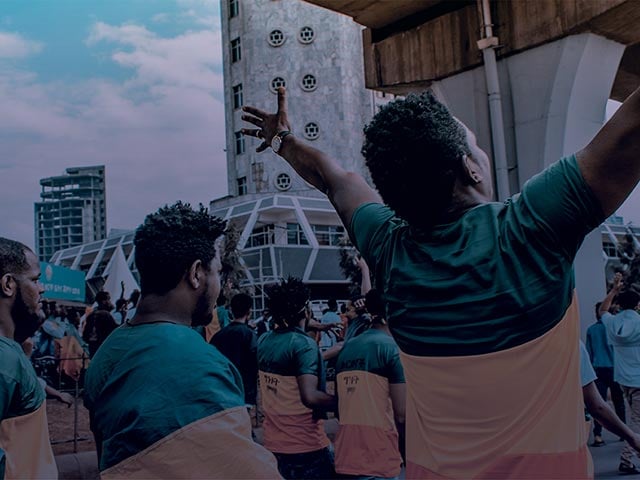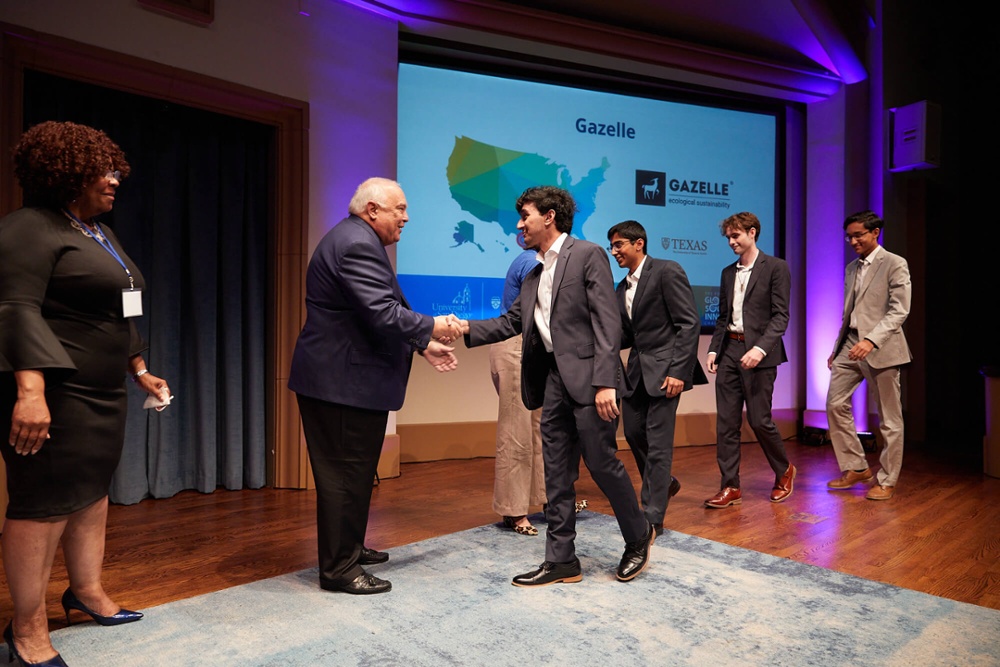Practicing Peace Through Experiential Learning: My Practicum Course in Washington D.C.
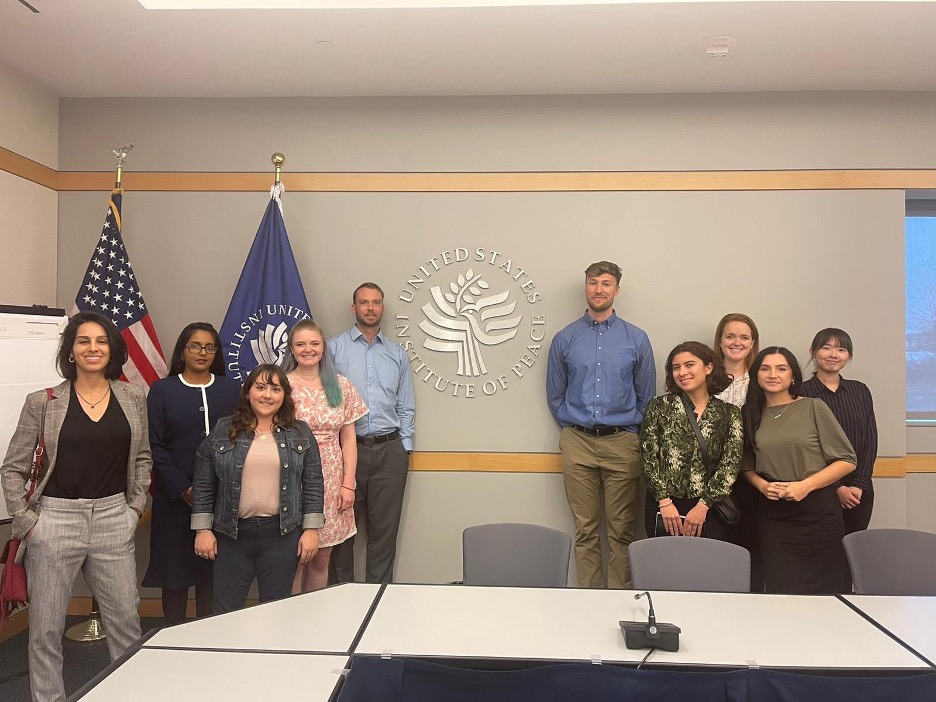
Each year, the Kroc School organizes field-based practicum courses as a part of our effort to enhance the scholarship of students through experimental learning opportunities. Over spring break, a group of students went to the nation's capital, Washington D.C., to meet with legislators and policymakers, fellow peacebuilders and conflict experts, and more. Read below for Kroc School student Brandon Casteel's recap of the trip.
The D.C. practicum was an academic experience unlike any other; this was a chance to be out of the classroom and not just learn theories of peace but experience approaches from those actually in the field. Entering this program with not much real-world experience in the peace and justice field, this practicum interested me because we would be able to meet with practitioners at the U.S. Institute of Peace (USIP), a government-funded organization, and we were able to meet with grassroots activists like Olivia at Code Pink, an organizer leading efforts to cut the Pentagon's budget. The diversity of people and experiences of those in the field was essential and left me with a better understanding of the various professional options available after graduation. More importantly, this experience left me with a better outlook of where the field currently stands, what needs to improve, the obstacles we face, and how I can participate in a meaningful way in the future. Growing up in Wyoming, I never had the chance to interact with actual activists and people working towards peace and justice, shocker (not really).
Everything about the practicum was set up as a culminating experience as even the hotel we stayed at was feminist-themed and highlighted female peacebuilders. Staying at a hotel with such a theme made me think about how I could be an ally to female peacebuilders and gave me time to dwell on contributions made by them. Having been in D.C. once as an 8th grader, it was a much different experience going back as an adult. Dwelling on the complex history of such a place and how that history is still ongoing was an essential part of the trip—seeing a lot of obviously gentrified areas brought about trying to think of ways to deal with this issue as a peace and justice advocate. One idea is to create affordable housing and limit the ability of companies or real estate agencies to buy up large areas of land to tear down and develop businesses. Another major issue in D.C. is the number of people who are homeless; this issue was prevalent right next to the hotel and most places we encountered walking to various meetings. One idea for solving this problem would be to help provide housing and job opportunities for the homeless; this would allow them a place to live while trying to find employment and address their other needs. Right before we arrived, there was a string of random shootings targeting people who were homeless; this highlights one of the many dangers this population faces daily. Another important aspect of this practicum was having the option of going to museums like the National African American Museum of History and Culture, which is one of the newest Smithsonian museums. This experience detailed the mistreatment of African Americans, their fight for freedom from slavery, their continuing struggle for equal rights, their culture, and contributions to life through art, science, sports, entertainment, and inventions. However, the museum is lackluster in truly illustrating the harm that has been committed and continues to be on the African American community. Experiencing this museum was an essential aspect of the practicum in describing how much more work there is in the peace and justice field.
National African American Museum of History and Culture
From Georgetown University where we watched a panel discussion of the conflict in Azerbaijan and Armenia. The panel consisted of our professor and the visiting scholars.
A surreal moment was entering the Rayburn office building next to the U.S. Capitol and hearing from two directors on the committee of financial services for the U.S. House of Representatives discuss their work in securing peace and justice. Lev Bagramian is the director of investor protection, entrepreneurship, and capital markets policy, and he has been drafting sanctions on Russia for the invasion of Ukraine. This was a highly surreal and timely example of how peace and justice can be achieved through non-violent action in something that has the potential to affect everyone. Another essential part of the practicum was having visiting scholars from Azerbaijan and Armenia discuss the ongoing conflict with individuals from USIP. The main takeaway from these discussions is that people from the country of conflict sometimes are overlooked and their potential ignored in favor of outside organizations taking control or overseeing peacebuilding done by citizens. Meeting with a local activist and founder/director of the nonprofit Activate Labs, talked a lot about taking your passions and interest into your work, then being able to create something around what is important to you. Thinking about this sentiment, I thought about how I care about mental health and how I would like to incorporate mental health into my peacebuilding journey.
At the USIP for a discussion about the conflict in Armenia and Azerbaijan
I’m fortunate for the opportunity to have taken part in this practicum and for our professor, who was able to organize this experience and truly make it an enriching part of the Kroc School curriculum. From this experience, I will be able to explore what areas and issues I want to work on and will be able to explore what my career looks like after graduation.
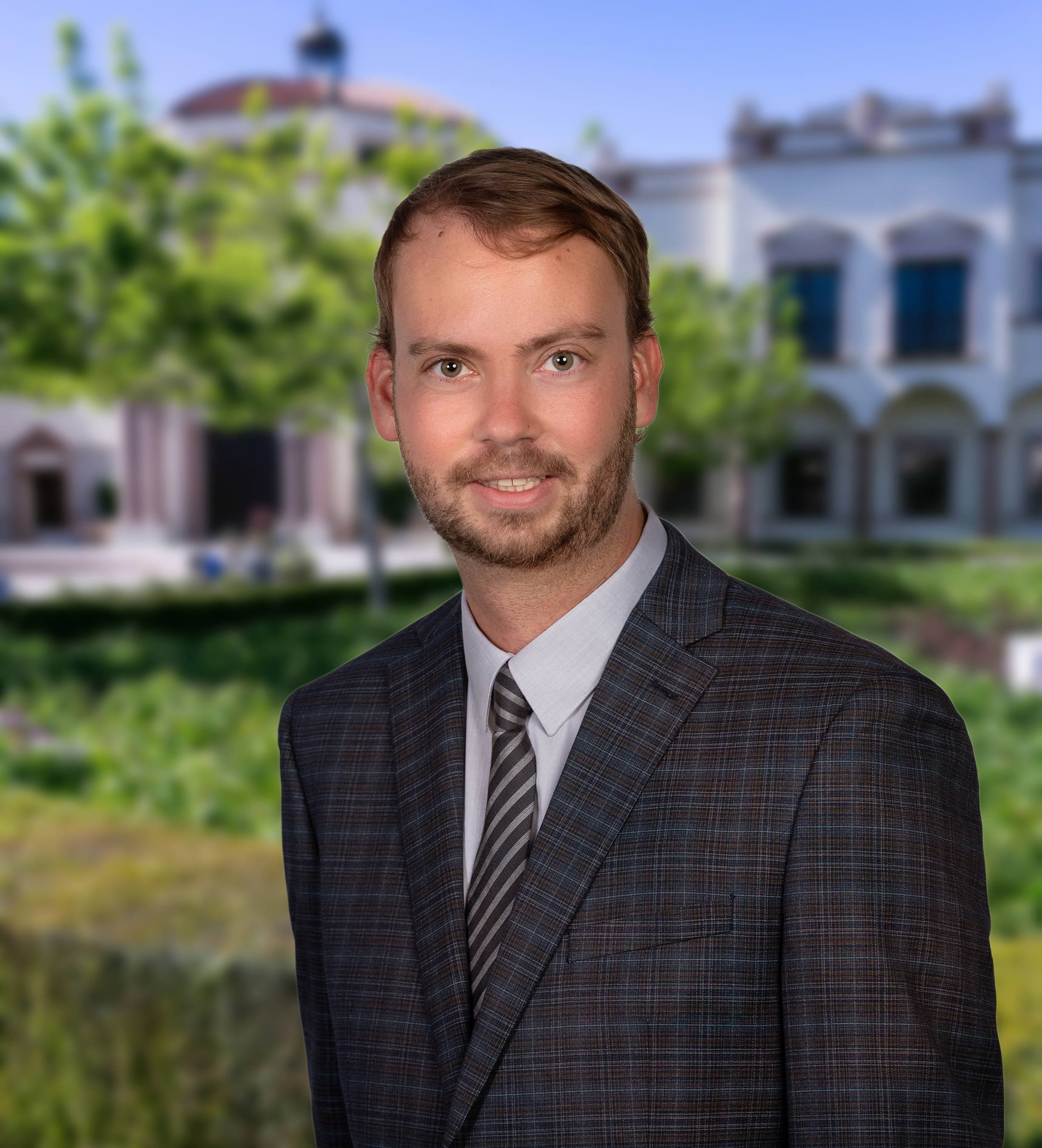
About the Author


